AN AT–HOME training space is not just a luxury for the rich and famous anymore. It’s a legit way of life. And creating a fully-stocked at-home gym is not only an investment, but an art. With so many home gym products on the market, there are endless decisions to make about what you need and what you don’t. But there’s one essential, yet often overlooked piece of equipment that can improve any home fitness: a quality gym-friendly floor.
Depending on your current setup, you may just be using a yoga mat or whatever flooring is in your home. Technically, that works. But, trust us, there’s a better way. If you want to elevate your at-home gym space, investing in a new floor can seriously up your training game.
Besides looking cool, the right fitness-friendly flooring can also help protect your joints and prevent injuries from slips and falls. Plus, it can increase stability, reduce body impact, and boost plyometric power. And if you’re worried about the damage your dumbbells, barbells, and other equipment may be doing to your floors, installing some fitness flooring will do the trick.
Finding the right flooring option for your home gym comes down to how you workout, how much you’re willing to spend, how much floor space you need to cover, and your environment (is it flood-prone?, is it in direct sunlight?, etc.) From rubber and foam to cork and turf, here are the best flooring options for your at-home workouts in 2023.
Best Home Gym Equipment | 2023 Home Gym Awards | 2022 Fitness Awards | Best Cardio Machines | Best Power Racks for Your Home Gym | Best Squat Racks for Your Home Gym
There is a reason that heavy-duty rubber flooring is used in most commercial and next-level home gyms. The material is strong, sturdy, and resilient, making it ideal for any type of exercise or equipment. This ⅜-inch version is plenty thick for most home gyms, but other thicknesses are available if you want to dial in your preferred level of flooring. Either way, it’s designed to go right over your carpet, hardwoods, or most other surfaces, with each piece interlocking like a jigsaw puzzle. That means, unlike traditional flooring, “installation” is quick and painless (unlike trying to pull up your pant legs on leg day).
We especially like that the jigsaw-style installation means you can make this work in an odd-shaped room, and it’s also simple to move or remove entirely if you need to. In addition to solid black, this model is also available in a handful of other colors, so you can dress up your home gym space beyond the sterile, industrial “boxing gym” look. These are a little heavier and pricier than most, but for a commercial-grade product in your home, they’re hard to beat.
What do buyers say? “Very high quality—commercial grade. Definitely the best that money can buy,” said one Amazon reviewer.
Foam is hands-down the most comfortable option for floor-based workouts like yoga and Pilates (or for your final resting place after death by burpees). Excellent shock-resistance makes foam great for HIIT workouts too. Yes4All’s Wood Grain Floor Mats are reasonably durable and non-slip for a safer, more sure-footed workout. The interlocking tiles are also extremely easy to install and remove. In most cases, either can be done in about five minutes, making them ultra-portable too. We also like that this model is available in a wide variety of “wood grains.”
On the downside, it lacks the same support for heavy weights or beefy home gym equipment as heavy-duty rubber gym flooring options. Power racks and weight benches can leave dents in foam mats over time and cause premature wear. But for cheap, easy-to-install gym flooring that can double as a play area in between doing supersets and being super dad, it doesn’t get better than foam tiles. Plus, at roughly $1 per square foot, this model is a great value.
What do buyers say? “Thick interlocking squares. Easy to join together. Easy to wipe down and to disassemble if needed,” said one Amazon reviewer.
Vinyl is a practical choice for flooring because it can stand up to the abuse of a home gym yet still be comfortable and chic for a living space. Greatmats’ StayLock Floor Tiles are waterproof and resistant to mold, and mildew—all of which make it perfect for basement installations. Vinyl can even handle harsh cleaning chemicals to wipe up all your blood, sweat, and tears. This is another jigsaw-puzzle-style model with a dead-simple installation as pieces interlock together in seconds. That also makes it portable and easy to remove too. Plus, because it doesn’t require an underlayment, it installs cleanly over carpeting, hardwoods, and cement floors.
On the other hand, it’s not as durable as heavy-duty rubber. The material can puncture and tear easily, so save the samurai sword workouts for the dojo. It also lacks the same cushiony “give” of foam floor pads, so it’s not ideal for floor-based workouts like yoga and Pilates. Vinyl flooring may also pose a health risk from off-gassing and VOC emissions, which is a factor to consider before purchase. If you have a well-ventilated space and need a decent, easy-to-install budget flooring option for your home gym, this is your man.
Believe it or not, carpet is probably the most popular flooring option for home gyms. It’s no surprise when you consider how much better the low-key style looks compared to rubber and foam. It’s a far more home-decor-friendly option. Plus, models like Nisorpa’s Heavy Duty Carpet Squares are also soft on the joints, easy to maintain, and provide excellent soundproofing. That last feature is important for homes with kids or WFH adults who don’t want to listen to clanging barbells and weight plates from the other side of the house. This model features a commercial-grade build that’s plenty durable and easy to install (it can even be cut to fit). Carpet also provides good traction and stability for cardio workouts, and it will hold up against your weight training.
On the downside, it offers minimal shock absorption, so it’s not great for floor-based exercises. Frequent cleaning is also recommended as the fibers are more prone to trapping bacteria, spills, and odors. Unlike foam and rubber, carpet tiles can also stretch over time. Still, at around $2 per square foot, it’s a decent option if you’re looking for the most decorative home gym flooring.
What do buyers say? “This product wildly exceeded my expectations! They are very durable. Easy to vacuum and clean,” said one Amazon reviewer.
If you’re looking to train for outdoor sports, most rubber and foam floor mats aren’t going to cut it. Artificial turf is the way to go. It’s perfect for athletes who want to increase and maintain performance with less risk of injury. The unique surface allows you to add sled pulls and pushes into your strength training while providing optimal traction and resistance for sprints and conditioning. That’s why our go-to home gym flooring option for athletic training is Golden Moon’s Artificial Grass Turf Tile. It won’t dent or crack and is easier to maintain with only occasional brushing and cleaning. Plus, it means you always have a place to bring your outdoor training indoors. The best part though? No mowing.
It’s not perfect, however. For one, it’s more abrasive than most other options which can be a deal-breaker for those interested in floor exercises. If not cleaned properly, it can also increase the risk of MRSA or Staph infections. The most obvious difference, though, is the price. Most artificial turf tile flooring costs significantly more than rubber and foam options.
What do buyers say? “LOOKs and FEELs like real grass! Excellent purchase! Feels great to the barefoot,” said one Amazon reviewer.
Most home gym flooring looks like home gym flooring—it’s all about function over flash. But these wood-look tiles from IncStores can give your home gym a professional look and are suitable for almost any type of exercise. With a handful of grain patterns available, it’s easy to find one that matches your home décor. Plus, thanks to foam-backing, the wood is now more shock-absorbent and fitness-friendly. Don’t let the “Practice Dance” name fool you. This home gym flooring option is perfectly suited for most at-home fitness enthusiasts, provided you’re not setting up a power rack or dropping 500-pound barbells on it on the regular.
That’s because it can scratch and splinter under serious stress. The plastic surface can become slippery when wet too, like with excessive sweat or spilled energy drinks. Thanks to its good looks, it’s also among the most expensive flooring options too. But, for those into aerobic exercise, kickboxing, or dancing like nobody’s watching, a faux wood flooring option can be a stunning addition to any workout space.
What do buyers say? “Absolutely love it and exactly what I needed. This is perfect!” said one Amazon reviewer.
Unlike every other option in our roundup, cork is a green-friendly flooring made of renewable, fully biodegradable material, perfect for the eco exerciser. It’s a natural home gym flooring option that’s resistant to shock, fire, mold, mites, and mildew. The flex design of CALI CORK’s Cork Plank Flooring is ideal for high-intensity workouts and weight training. These planks feature click-lock milling and can be floated over any hard, flat subfloor to support heavy loads. That means they’re more durable than most thinner options, however, they’re easy to install.
Cork flooring is very durable overall, but heavy equipment can leave dents over time and dragging equipment over it can tear or even destroy the surface. The planks in this collection are actually made from the protective bark of the cork oak tree, and is naturally more resilient to retaining its shape even under heavy compression compared to other cork flooring.
It’s also more prone to fading and drying out from direct sunlight—something to keep in mind when you’re trying to decide where to setup your home gym. While these tiles are mostly reasonably priced, cork flooring in general tends to be more expensive than rubber and plastic options.
If you’re after the professional look of heavy-duty rubber flooring but are concerned about bringing that gassy rubber smell into your home, Rubber Flooring Inc.’s 8mm Strong Rubber Rolls have got you covered. It’s actually what’s used in many commercial settings, so you can be confident it’ll hold up well under the weight of heavy-duty equipment and cardio machines. They’re slightly thinner than the interlocking rubber tiles also on this list, but are solid as an ultra-protective buffer that’s not too cushiony.
But what really makes this option different is that it comes in a roll format. The smallest roll sold by the brand is 15-ft x 4-ft, which is great for covering a lot of ground. If your space is much smaller than that or if you need to cut and splice multiple rolls to get the right fit (you probably will), you’ll find that cutting heavy-duty rubber is a workout on its own. We won’t lie, it’s not easy. And you’ll likely need to use carpet tape to secure each roll in place to avoid them shifting during use, too. But the solid look and elite feel the Strong Rubber Rolls provide is definitely worth the trouble. At about $2 per sq. ft., it’s an economical way of flooring larger spaces.
Here’s another great option if you’re looking to train for outdoor sports or general agility. Rubber Flooring Inc.’s Turf Tiles are a bit thinner in pile height compared some other turf options, but the 1″ thickness is effective in both cushioning and durability. These tiles are made from recycled rubber and water-resistant, so you won’t need to worry much about mold or mildew. And the interlocking design allows for a user-friendly, easy installation.
As we mentioned earlier, turf is ideal for athletic training as it allows for a balance of traction when you need it and glide when it’s necessary. Compared to other materials of flooring, it’s helpful in preventing injury and relatively easy to keep up with, too. Occasional cleaning and brushing really shouldn’t be ignored though, as stuck on dirt and debris can lead to bacterial growth.
Though turf can be pricey compared to other home gym flooring options, this one comes at a pretty reasonable price tag. Also, it’s back by a 1-year warranty.
By now you’ve probably picked up on the pros and cons of foam gym flooring options: they’re cushiony and forgiving, but they don’t always look great. Not so with ACHIM’s Walnut Interlocking Foam Anti Fatigue Tiles, made from durable EVA foam. We’re not so sure about the claims that these tiles can reduce fatigue while standing, but we are sure that they do the job of a foam floor and look great doing it.
First and foremost, they’re shock absorbent. If you’re throwing heavy weight around at home and want to protect the floors you’ve got underneath, these are a great buffer. They’re also easy to install, with an interlocking design that creates a seamless result. Which brings us to another perk of this pick: they’re huge. They’re 24″ x 24″ and come in a 4-pack, which means just one pack can cover a 16 square foot area. Though they’re not water-resistant, the easy tile format allows for individual sections to be removed, cleaned, dried, or replaced whenever necessary.
How to Choose the Best Home Gym Flooring Option (for You)
As with shopping for any home flooring, there’s an almost infinite number of options when it comes to flooring options for your home gym too. You’ll find a sea of synthetics like rubber, foam, and wood-look plastic, plus natural options like compressed cork. Whatever type of home gym flooring you’re looking for, there’s a solution for you. Here are a few things to consider before you pull the trigger:
Materials
There are a handful of base synthetic materials to choose from for your home gym flooring. Namely: rubber, plastic, foam, or turf. Every synthetic option is typically from one of these materials and they each have their own pros and cons.
Rubber is extremely heavy-duty, easy to install, and washable, so it’s ideal for hardcore workouts. Plastic is the easiest to clean and install as it’s very lightweight, however, that means it’s also more prone to cracking than rubber. Foam is the best home gym flooring option when you want the most cushiony “give” for floor-based workouts (think yoga and Pilates), although it’s not water-resistant. Turf has its place too, especially for outdoor-like workouts. But, it’s typically very expensive and less than ideal for heavy weightlifting.
Exercise Types
The type of home gym flooring you choose will largely depend on your fitness routine. If you like intense and aerobic activities like weight training and jumping rope, foam or rubber is your man. As a base for beefy fitness equipment like treadmills, rowing machines, and exercise bikes, you’ll be better off with low-profile vinyl or carpet.
Soundproofing
Some materials offer more noise-dampening than others, which can be important if you’re typically clanging weights or jumping around a lot during your workouts. A thick rubber flooring option is the best way to minimize or even eliminate this. Depending on your setup, you might consider adding extra padding in the areas of your home gym where you’ll be lifting (and potentially dropping) heavy weights.
Budget
The good news is that there are plenty of flooring options (in almost any material) for every budget. Foam is almost always going to be the cheapest, while artificial turf or grass is likely to be the most expensive. Heavy-duty rubber flooring varies widely in price. To add to the confusion, most retailers list their flooring options differently—sometimes by the square foot, sometimes by the roll, and sometimes by the individual tile—so you may need to break out the calculator to make sure that you’re comparing apples to apples.
How (and When) to Clean Home Gym Flooring
Cleaning your home gym flooring is an important part of maintaining a hygienic and safe workout environment. Depending on the material of flooring you have in your space, cleaning frequency and method will differ. Generally, the most important thing is to regularly remove any debris or loose dirt from the flooring using a broom or vacuum cleaner. If you’re using your home gym frequently, ‘regularly’ might be once a week or once every two weeks.
If you’re working out on rubber or vinyl, it’s important to go a step further with cleaning every few months. You can do this by mixing a cleaning solution of warm water with mild detergent or disinfectant in a bucket and giving your flooring a good wipe down. Then use a clean, damp mop or sponge to wipe away the cleaning solution and any dirt or stains that have been lifted.
When it comes to turf or carpet, there’s a higher pile. Which means more surface area for dirt and bacteria to hold on to. You can vacuum turf just like you would other materials of flooring, but you won’t want to give it a full wash down. It’s best to spot clean any areas in need of a little extra TLC on turf, then spray an air-drying disinfectant over the surface to kill bacteria. Because turf and carpet are prone to getting, well, dirtier and smellier, do this 1-3x/month, depending on use.
We’ve included many easily installable/removable tiles in this list for a few reasons, but one is that they’re a breeze to clean. Whether you’ve got a spill or a stain, most interlocking tile flooring can just be removed in segments for cleaning or replacing.
It’s important to note that not all home gym flooring is created equal (even two made of the same material), so it’s best to refer to the manufacturer’s instructions for specific cleaning recommendations.
What Type of Home Gym Flooring is the Safest?
Safety is obviously key consideration when outfitting a workout space at home. You want to choose a surface that provides adequate traction and cushioning to reduce the risk of slips, falls, and injuries, but that’s not too difficult to pivot and move on. When choosing home gym flooring, it’s important to consider your specific needs and preferences, as well as the types of exercises you’ll be doing. Make sure to choose a material that provides adequate traction, shock absorption, and cushioning to help keep you safe and comfortable during your workouts. The safest option will be the one that is the most conducive to the type of exercise you’re doing.
What Type of Home Gym Flooring Lasts the Longest?
A lot of these options aren’t cheap, we know. So you want to be sure you’re not shelling out for flooring that’ll need replacing in the near future. If you’re worried about wear and tear, opt for something more heavy-duty like the rubber options on this list. Rubber is one of the most durable options for home gym flooring, as it can withstand the most high-traffic use, and won’t dry out over time like foam. It’s also resistant to moisture and easy to clean, so you can keep mold and bacteria at bay over time. Vinyl is another durable option for home gym flooring, as it is resistant to scratches, scuffs, and stains. It can also withstand heavy foot traffic and is easy to maintain.
How We Selected the Best Home Gym Flooring
There’s an almost infinite number of flooring options for your home gym. That’s why we did the heavy lifting (pun intended) by researching dozens of the most popular and best-reviewed home gym flooring options on the market by comparing every feature, right down to the per-square-foot price. Men’s Health fitness editors and experts paid close attention to the most important features, including material, (should you go with synthetic or natural?), format (interlocking tiles, roll, etc.), thickness, installation—you get the picture. Our top picks also took into account verified buyer ratings and reviews from top retailers and other sources we trust. The list above represents our carefully chosen picks of the best home gym flooring options to shop in 2023.
Fitness and Commerce Editor
Talene Appleton is the Fitness and Commerce Editor at Men’s Health, where she covers fitness, nutrition, health, and wellness. She was previously the Associate Editor of General Surgery News, and a nutrition writer for The Food Institute. Talene is a retired professional dancer, and loves to spend her free time cooking elaborate meals for her friends and family.
Mike Richard has traveled the world since 2008. He’s kayaked in Antarctica, tracked endangered African wild dogs in South Africa, and survived a near-miss great white shark attack in Mexico. His travel advice has appeared on the websites for Forbes, Travel + Leisure, CNET, and National Geographic. He loves the great outdoors and good bourbon, and (usually) calls Tulsa, Oklahoma home. Mike also enjoys speaking in the third person.
Ebenezer Samuel, C.S.C.S., is the fitness director of Men’s Health and a certified trainer with more than 10 years of training experience. He’s logged training time with NFL athletes and track athletes and his current training regimen includes weight training, HIIT conditioning, and yoga. Before joining Men’s Health in 2017, he served as a sports columnist and tech columnist for the New York Daily News.

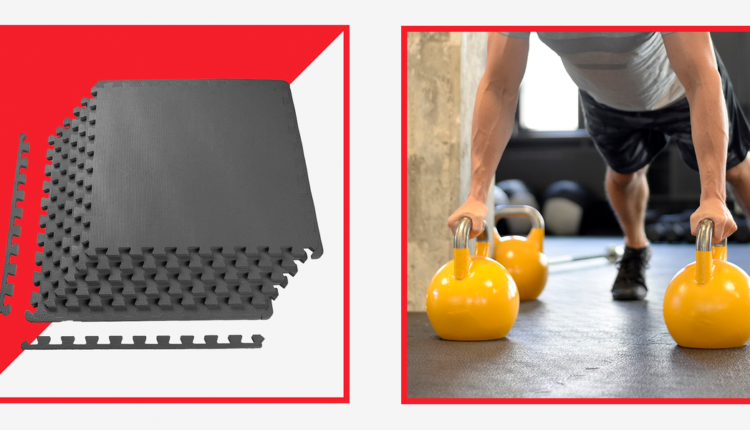

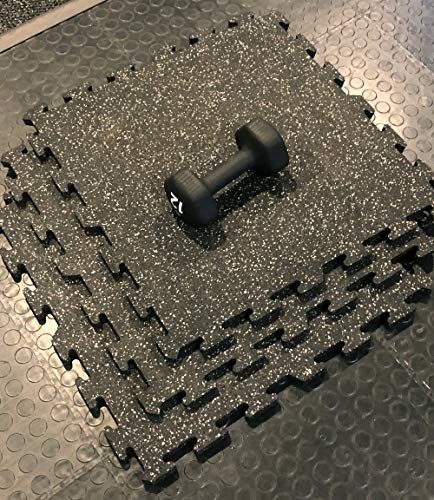

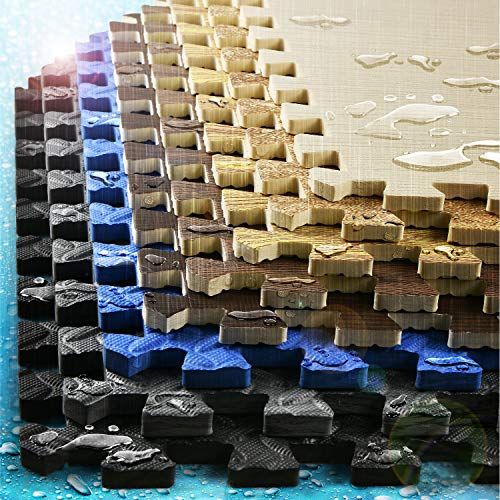
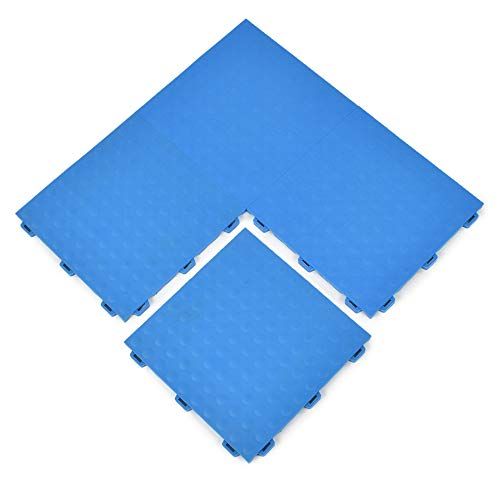
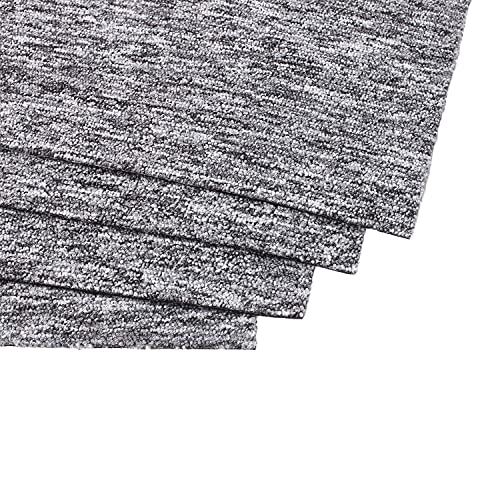
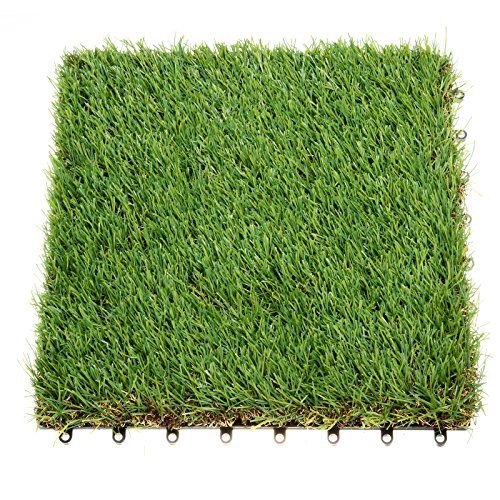
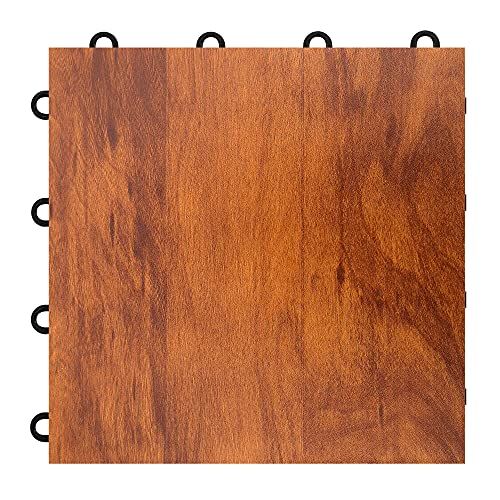


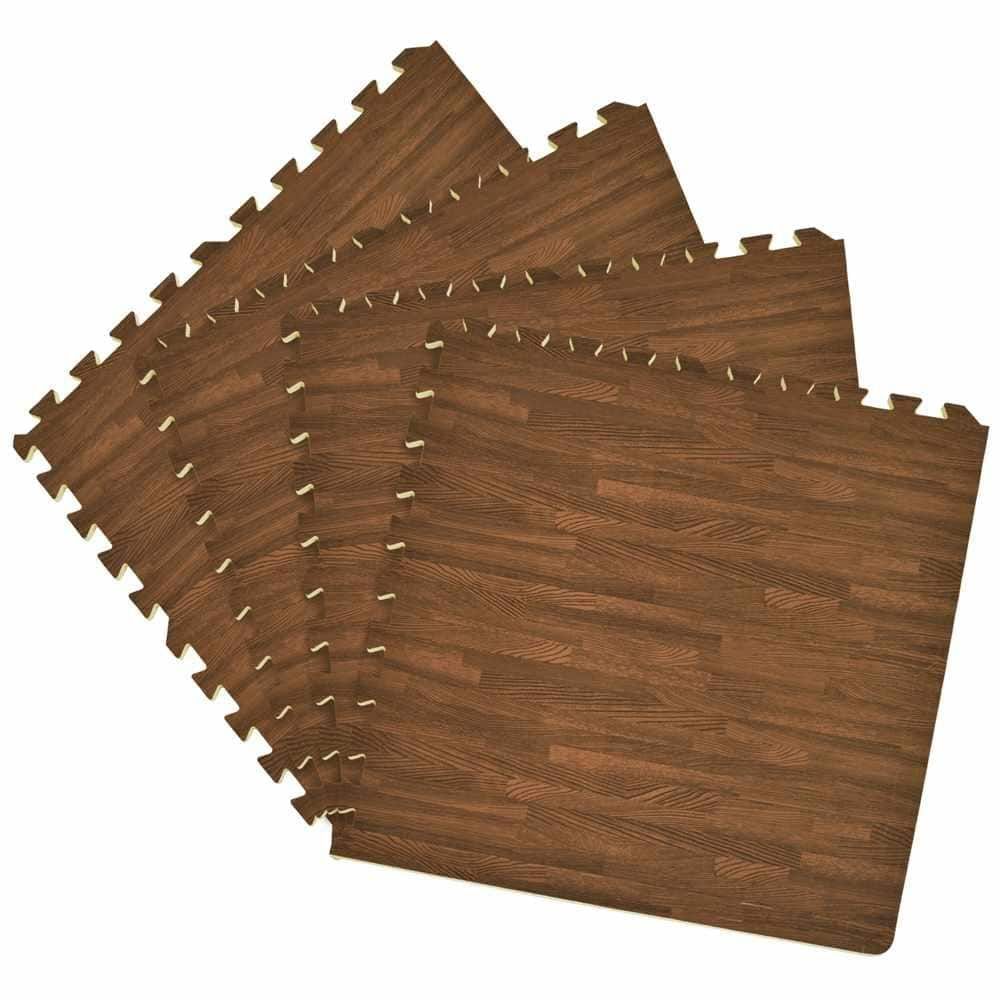
Comments are closed.